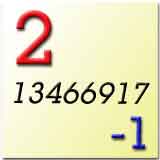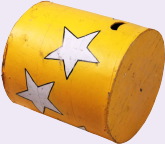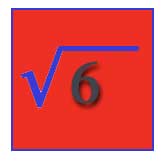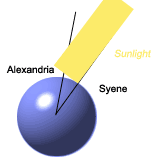More Mathematics Facts
Algebra:
Geometry:
- Eratosthenes Measured Earth’s Circumference—Centuries Before Columbus Sailed
- How To Calculate The Area Of A Circle
- How To Calculate The Area Of A Cylinder
- How To Calculate The Area Of A Right Cone
- How To Calculate The Circumference Of A Circle
- How To Calculate The Volume Of A Cylinder
- How To Calculate The Volume Of A Right Cone
- Kepler's Conjecture
- Picture This
- What Is The Pythagorean Theorem?






